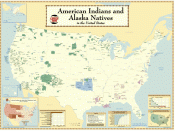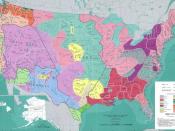Unequal Distribution Through Development
Today, many observers in the world praise "globalization" for its integration of the world. It in fact has existed for quite a long time, particularly when the New World was found in 1492 with endless amounts of resources that were minimally found in Europe. However, when we look deeper into how the broad developments from the early 1500s onwards actually worked, we realize that there is always one group of people who profit tremendously and one group who gets exploited. To realize and compare the advantages and disadvantages of these developments to the different types of people, nations and the world as a whole, we need to delve into the commodity chain of certain goods: for this essay, silver and sugar. Therefore, in order to understand how it was made possible for goods such as sugar and silver to appear in countries such as Great Britain, we need to further investigate the commodity chain among the producers, intermediaries and consumers.
Before globalization started booming, different nations barely exported and imported goods because it was very hard to get the good from one country to another. But eventually, as trade routes started developing and different countries started making connections with others including colonization, trade started happening everywhere even at opposite ends such as from the Incas China. Marks supports by "These new linkages led to the exchange around the world of commodities, ideas, germs, foods, and people." (Marks, 2007, 67) Now, we consider the first globalization happened during the sixteenth century and this is when various people started getting involved in different ways to get goods from one place to another. (Marks, 2007, 67)
To begin with, the commodity chain of many goods would have not functioned if there was no support system to begin with.


